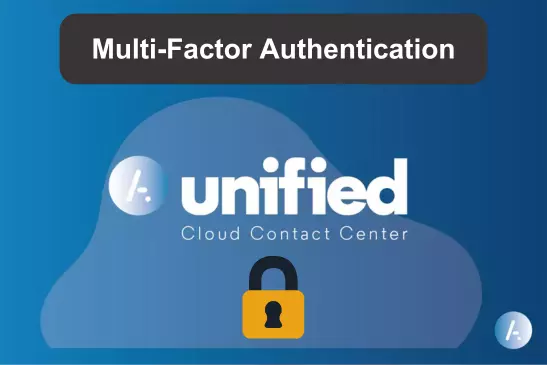The latest developments in secure authentication management and data protection
Improving cybersecurity measures has become crucial for businesses with the new European regulations (particularly the NIS2 framework).
AKIO offers strategies to strengthen resilience against cyber threats, including the implementation of multi-factor authentication (MFA). Discover the latest developments in user authentication, including improved password management, automated recovery options and the introduction of advanced security mechanisms such as brute force attack detection.
Overview
At a glance
Enhanced compliance and resilience against cyber threats
With new European requirements (NIS2) now in place, adopting multi-factor authentication (MFA) and advanced security mechanisms is essential to effectively protect businesses and strengthen their resilience.
Secure and simplified user experience
The new login interface facilitates user autonomy through optimised password management, automated recovery options and intuitive MFA configuration, ensuring a smooth transition to high security standards.
Key benefits
Enhanced cybersecurity
To comply with European regulations and ensure data protection across all access points
Key strategic challenges
Improved resilience against cyber threats through advanced authentication methods
Password security
Option to set complex password rules for enhanced account protection and control
Brute force attack detection
New mechanisms automatically lock accounts after several incorrect login attempts
Convenient and user-friendly MFA options
Users can authenticate via mobile applications or can choose to receive codes by email
Seamless migration process
The transition to the new authentication system is designed to be seamless for users
Increased user autonomy and control
Recover passwords independently without the need for administrator intervention
Detailed features
🔍 Regulatory compliance and cybersecurity
The emphasis on compliance with European regulations such as NIS 2 highlights a growing recognition that compliance is not just about avoiding fines, but also about fostering a culture of cybersecurity within organisations. For businesses, this means adopting proactive measures that comply with legal standards, protect sensitive data and maintain customer trust.
📊 The role of multi-factor authentication
An effective method for securing online accounts, significantly reducing the risk of unauthorised access. By requiring multiple forms of verification, the risks associated with stolen passwords and phishing attacks are greatly reduced. MFA is not only a technical necessity, but also an essential part of a comprehensive security strategy that responds to ever-evolving cyber threats.
🛠️ Advanced management features
The customisable password policy allows organisations to enforce stricter security measures. Minimum character requirements, expiry dates and restrictions on password reuse enable users to create strong passwords that are less likely to be hacked.
🚫 Automated security responses
Implementing brute force attack detection adds an essential layer of security. Automatically locking accounts after multiple failed login attempts prevents unauthorised access and signals to users that their security is being actively monitored.
📧 Flexible authentication methods
By offering various options for multi-factor authentication, including email-based codes, organisations can meet the needs and preferences of users. This flexibility ensures that users without access to smartphones or mobile applications can still authenticate securely. User experience is important in security implementations, as complexity can often lead to user frustration and non-compliance.
🔄 Transparent migration processes
A seamless transition to new authentication systems is essential for user adoption. By ensuring that users do not have to change their login details during migration, organisations can minimise disruption and maintain operational efficiency. This thoughtful approach not only lightens the load on IT departments, but also builds user confidence in the new systems.
🛡️ Give users more autonomy
Allowing users to manage their passwords and regain access without needing administrative assistance promotes a sense of ownership over their security. This independence is essential for improving overall security, as users are more likely to adhere to security practices when they have control over their accounts. It also reduces the workload for IT teams, allowing them to focus on more critical security tasks.
Want to find out more?

